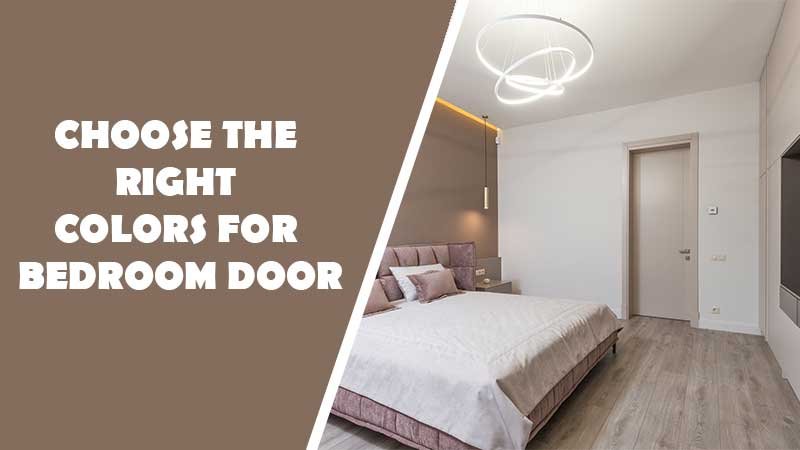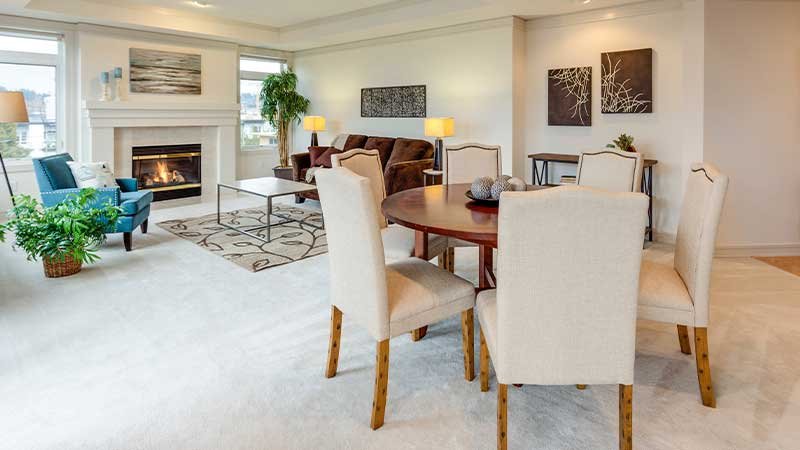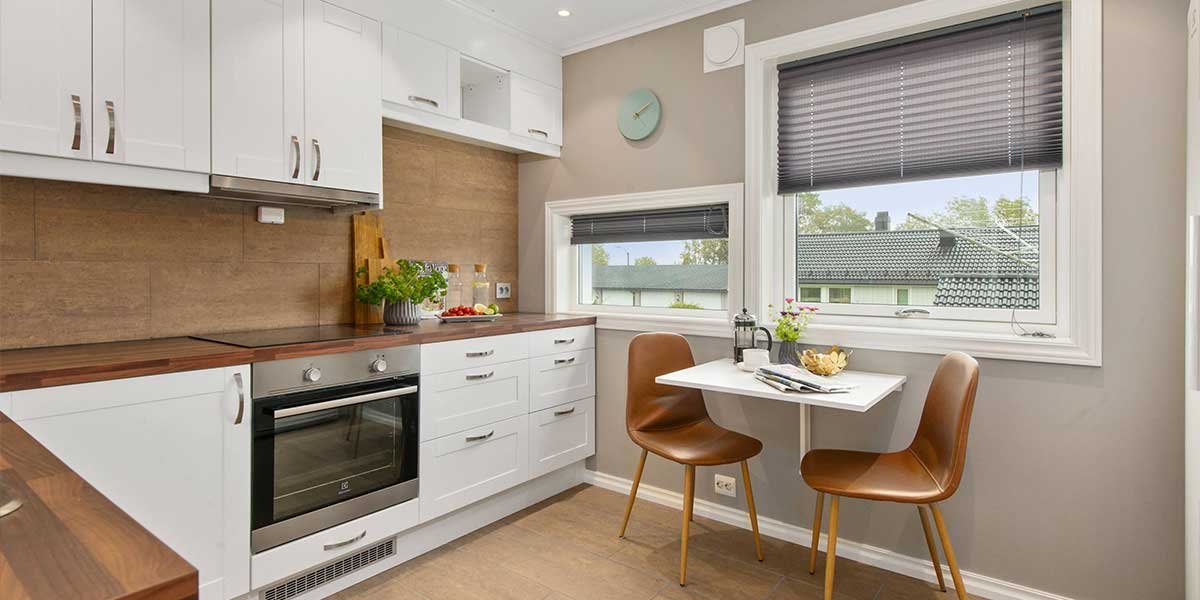Eight Smart Ways to Pay for Home Renovations
Home renovations are an exciting prospect for any homeowner. When you first notice the cracks in your home’s foundation or the peeling paint on your walls, you can’t help but think of all the new things you want to do to transform your space. But there’s one question that looms over this entire process: how do I pay for it? There are many ways to fund renovations on your home, but some don’t work for everyone. This article outlines some of the most popular home renovation payment options you can choose from. And, if you are looking for home renovations in Sydney, click here.
Home Equity Loans:
This type of loan enables homeowners to borrow money against the value of their homes and use it for renovations. In addition, it can be used for home improvement projects, such as plumbing or electrical work. The interest rates are usually lower than traditional loans; however, they also require you to take on more debt that will need to be repaid over time with monthly payments.
Cash
This is the simplest way, but it usually requires that you have enough savings. In fact, Cash is one of the most commonly used ways for homeowners to pay for renovations but it’s also the most expensive option. This might make more sense if you are doing extensive work that will increase the value of your home or if you are planning on selling your home soon after. However, with this method, you need to start saving early and cut down on costs to have enough funds to support the project.
Grants and Rebates
Some states offer special funding programs to homeowners that can help with remodeling costs. These programs involve grants or rebates that do not have to be repaid. However, most of these programs are usually targeted to projects that involve energy efficiency upgrades or property improvements. Such programs either provide funds on their own or work together with other financing organizations. To know if your state offers such programs, you can check with your municipality before starting your renovation project.
Financing
Financing is one of the more popular payment methods because it allows you to spread out payments over an extended period, often 10 years or more. Interest rates are generally lower than carrying out renovations with cash, and you won’t have to worry about paying upfront costs. You will have to repay this loan eventually, so make sure that you have a good credit score. Again if you want to perform a big and expensive renovation, you will have to judge whether it is worth it.
A Home Equity Line of Credit (HELOC)
A HELOC can be an excellent way to finance home renovations because it gives you access to funds for up to 20 years at a low-interest rate. However, these loans work more like credit cards. You can borrow and pay as you go (meaning you do not have to pay the interest of a big sum of money all at once). This makes it the best way to carry out a series of small home improvements that are typically based on your home’s value and can be costly if you lose your home. Additionally, it is advised to have at least 20% equity in your home.
Also Read: How to Improve Your Home Decoration with Simple Steps?
Housing and Urban Development’s Title 1 Property Improvement Loan
If you do not have much equity or enough savings, then you should consider a Housing and Urban Development’s Title 1 Property Improvement Loan. These loans are insured by the federal government, making them easier to qualify for. In fact, they offer fixed-rate loans of up to $25,000 for extensive home improvements, including replacing some home appliances. In addition, you get up to 20 years to pay the loan back depending on the amount you receive.
Zero -Percent Credit Card
If you need only a moderate amount of money and also have the financial discipline to treat the card like a regular loan, then you can consider this option. However, before you commit to the card, be aware of any hidden fees and remember to put yourself on a payment schedule that will allow you to make all necessary payments before the zero-percent period ends. If you do not pay it before the deadline, you are likely to be charged all the interests retroactively.
Sweat Equity
You can simply ask family and friends to help you put some sweat equity into your home renovation projects in exchange for something like some take-out pizza or drinks. In fact, with sweat equity, labor is free, fun and it is also satisfying to have total control of your project. However, you should be sure of your abilities; if some tasks are not done correctly, they can cost you more money in repairs and replacements.
These are just a few ways to source funds for your home renovation project. So before you start any home improvements projects, make sure you are aware of how you will fund your home renovations, and that the option you choose will fit your budget and help you complete your project effectively.
Follow Us
Latest Post
















